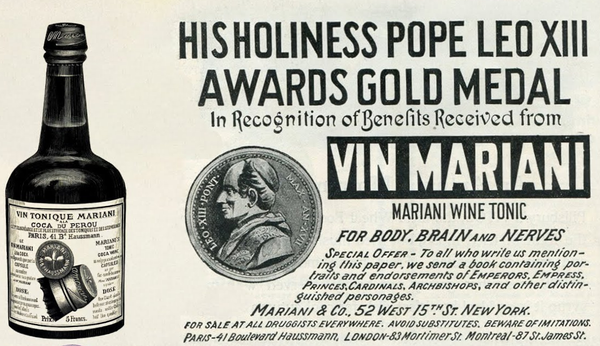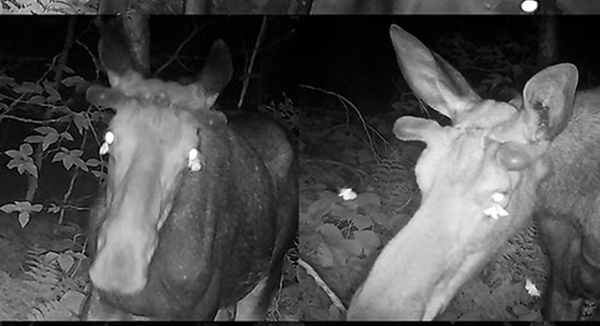A Russian hermit lived for years in a California redwood tree
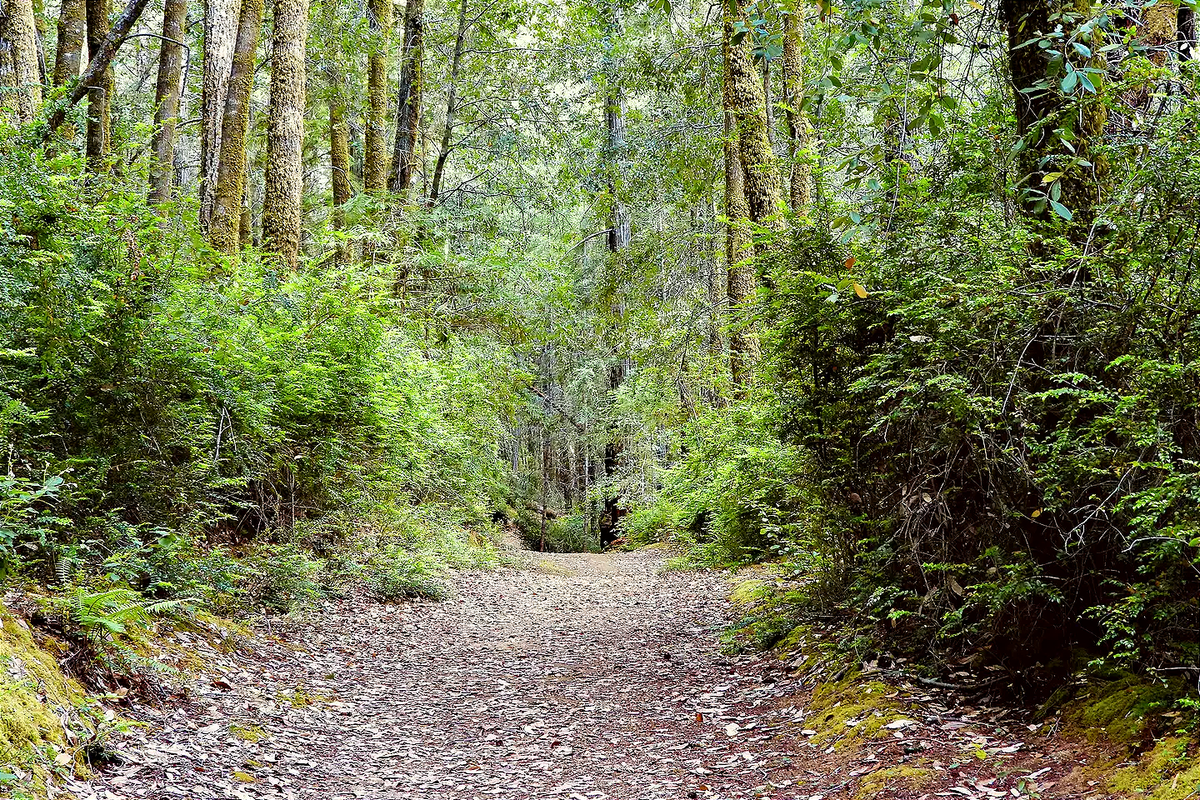
From SFGate: "The evidence of Petro Zailenko’s quiet legacy can be found all over this corner of the Northern California redwood forest. Signs throughout Hendy Woods State Park, nestled deep in Mendocino County’s Anderson Valley along the Navarro River, bear his name and facts — or theories, at least — about him. They say he was a Russian immigrant born in 1914 who may have been wounded and captured by Nazis during World War II. They say that in the late 1950s or early 1960s, he jumped ship from a Russian fishing trawler in San Francisco and made his way north to Anderson Valley. There, he briefly worked at a lumber mill — until, apparently, someone asked to see his immigration papers. That’s when Zailenko fled into the woods, afraid he’d be deported. For the next 18 years, he lived among the redwoods and came to be known locally as the Hermit of Hendy Woods. When he died, the coroner listed his occupation as hermit and his address as a “Hollowed out tree stump in Hendy Woods State Park.”
Crocodiles have an extra aorta in their hearts to help them digest their huge meals
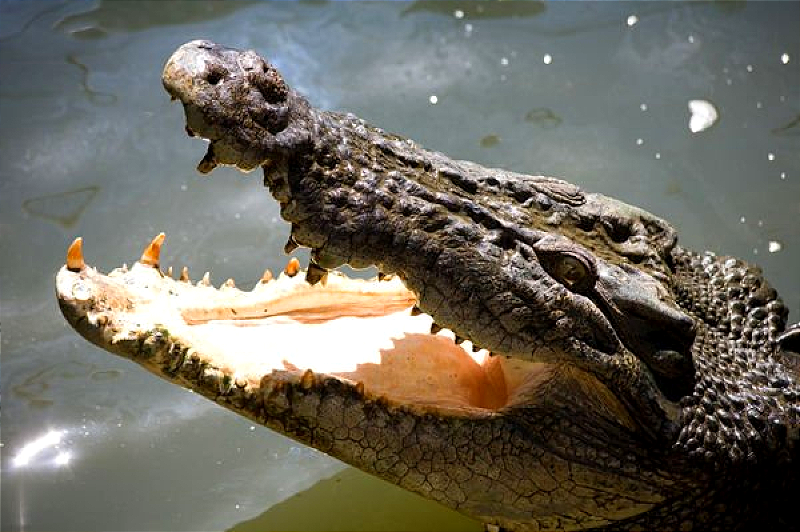
From ABC.au: "Crocodiles and alligators eat so much in a single meal that they need to divert gas-rich blood away from their lungs into their stomachs to digest it, US research suggests. The study, which was conducted in American alligators, shows they can eat 23% of their own mass at once. This is equivalent to a 60 kilogram woman eating 14 kilograms of beef - bones, teeth and all - in one sitting. The scientists focused on the extra left aorta that crocodilians have on the side of their otherwise very mammal-like hearts. Normally, blood pumped by the right side of the heart flows through the reptile's pulmonary artery into the lungs, where a transfer of carbon dioxide occurs. But when a crocodile or alligator gorges this blood is shunted to the stomach instead. There, the carbon dioxide is converted into gastric acid, a digestive juice, and bicarbonate, which functions as a sort of built-in antacid when the time is right. The gastric acid boost means crocodilians produce 10 times more digestive juice than mammals."
A Swedish engineer tried to make it to the North Pole via hot-air balloon
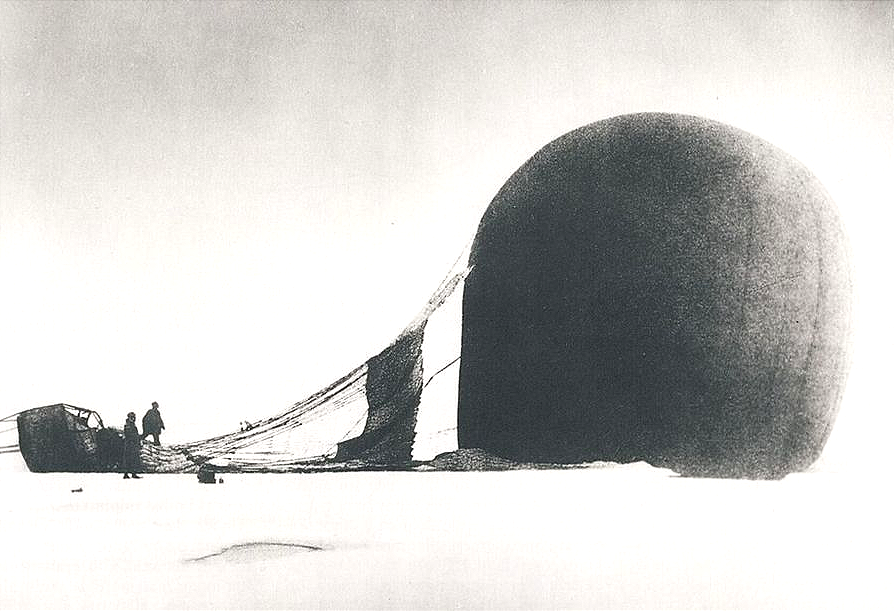
From Amusing Planet: "By the late 19th century, the North Pole remained one of the last great geographic mysteries. The quest to reach the inhospitable and dangerous frozen ocean became a lifelong pursuit for many explorers around the world. Numerous adventurers threw themselves at the challenge, often at great cost. They faced untold hardships, failure, and even death. Like many spirited explorers, Salomon August Andrée, a Swedish engineer and aeronaut, was bewitched by the Arctic. But unlike previous expeditions, Andrée, a fervent believer in the power of science and technology, was convinced that success could be achieved not by traveling through the sea or over ice by sled, but by flying above it in a hydrogen balloon. On February 13, 1895, Andrée stood before the Royal Geographical Society and delivered a passionate speech, declaring that an expedition to the Arctic offered Sweden a chance to claim a place on the world stage. He thrilled the audience of geographers and meteorologists by proposing that the feat could be accomplished by balloon."
Hi everyone! Mathew Ingram here. I am able to continue writing this newsletter in part because of your financial help and support, which you can do either through my Patreon or by upgrading your subscription to a monthly contribution. I enjoy gathering all of these links and sharing them with you, but it does take time, and your support makes it possible for me to do that. I also write a weekly newsletter of technology analysis called The Torment Nexus.
The furniture fraud who managed to hoodwink the Palace of Versailles
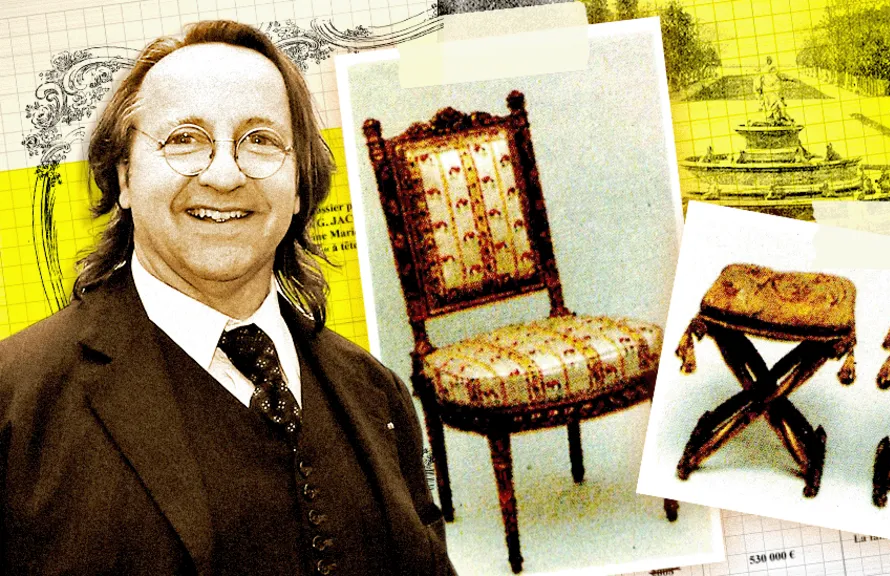
From the BBC: "In the early 2010s, two ornate chairs said to have once belonged on the grounds of the Palace of Versailles appeared on the French antiques market. Thought to be the most expensive chairs made for Marie Antoinette, the last queen of France, they were stamped with the seal of Nicolas-Quinibert Foliot, who worked in Paris in the 1700s. The pair were declared "national treasures" by the French government. Versailles, which displays such items in its vast museum collection, expressed an interest in buying the chairs but the price was deemed too dear. They were instead sold to Qatari Prince Mohammed bin Hamad Al Thani for an eye-watering €2m. A remarkable number of items of 18th Century royal furniture have appeared on the antiques market in the past few years. Most of these were bought by Versailles to display in its museum collection. But in 2016, this assortment of royal chairs would become embroiled in a national scandal that would rock the French antiques world — they were all fakes."
He never made it as an actor but his will created a shoe fund for actors that still exists

From Weird Universe: "During his life Conrad Cantzen was known as a forever down-on-his-luck actor, and when he died in 1945 he was given a pauper's funeral, where few people turned up to pay their respects. But then when his will was read, it turned out that he had amassed a fortune of $226,000 (about $4 million in today's money). His will directed that the money should be used to create the "Conrad Cantzen Shoe Fund," which would provide money to actors so that they could buy shoes. The Shoe Fund still exists today. The rules are that you must be a currently unemployed member of a performing arts union. You can submit a claim only once every two years. The fund will reimburse $40.00 towards a pair of shoes costing no more than $100.00. In his will, Cantzen said: "Many times I have been on my uppers, and the thinner the soles of my shoes were, the less courage I had to face the manager when looking for a job."
The most powerful waterfall in Europe is in Vatnajökull National Park in Iceland
Dettifoss, a waterfall in Vatnajökull National Park, Iceland, known for being the most powerful waterfall in Europe
— Science girl (@gunsnrosesgirl3) June 5, 2025
pic.twitter.com/TQG2wMEQFw
Acknowledgements: I find a lot of these links myself, but I also get some from other newsletters that I rely on as "serendipity engines," such as The Morning News from Rosecrans Baldwin and Andrew Womack, Jodi Ettenberg's Curious About Everything, Dan Lewis's Now I Know, Robert Cottrell and Caroline Crampton's The Browser, Clive Thompson's Linkfest, Noah Brier and Colin Nagy's Why Is This Interesting, Maria Popova's The Marginalian, Sheehan Quirke AKA The Cultural Tutor, the Smithsonian magazine, and JSTOR Daily. If you come across something interesting that you think should be included here, please feel free to email me at mathew @ mathewingram dot com
